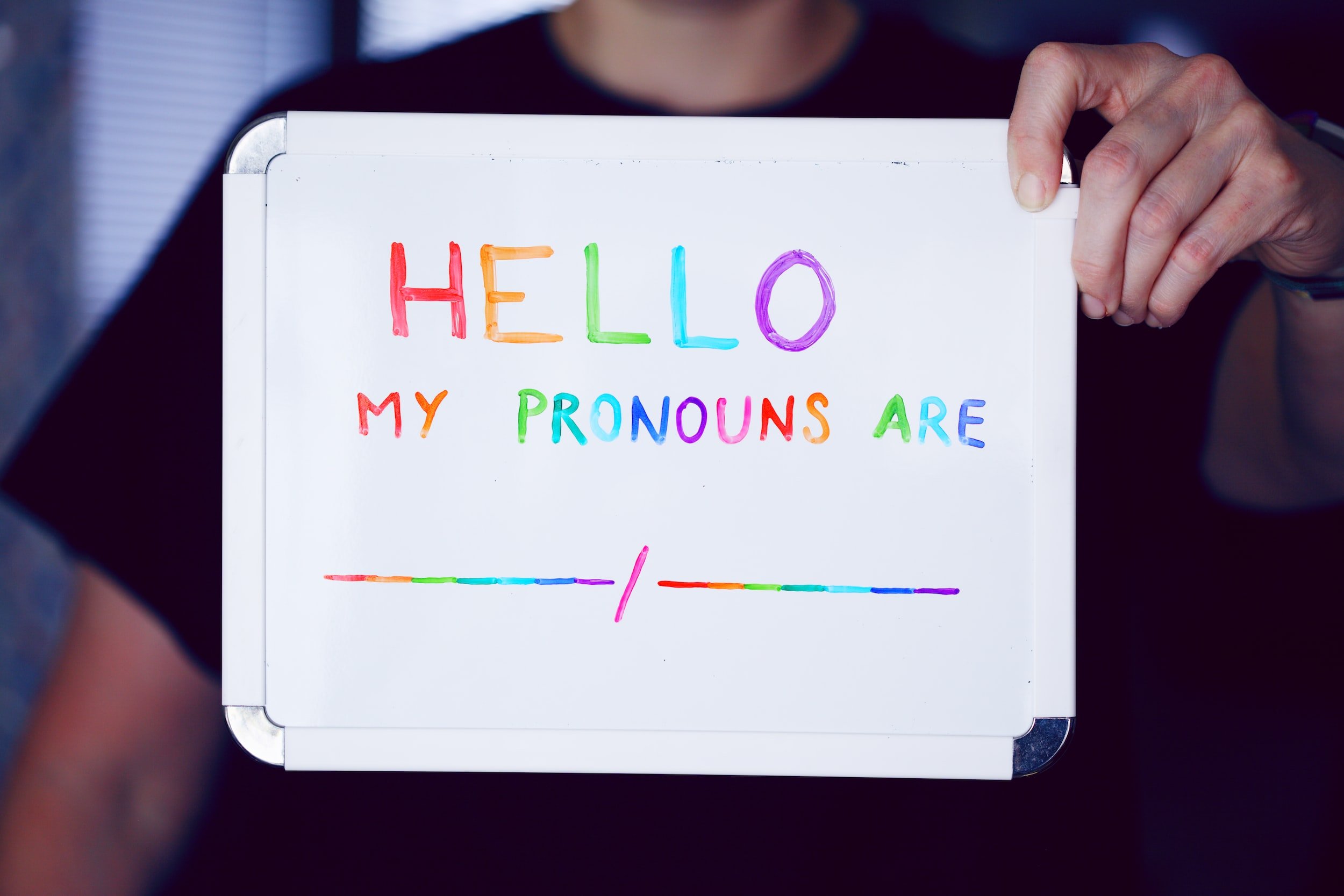In light of current political turmoil and discrimination surrounding the transgender and non-binary population, it’s more important than ever for transgender people to be equipped with knowledge to navigate the world as safely as possible. In data released in October 2022 by Everytown for Gun Safety, the number of trans people murdered in the U.S. nearly doubled between 2017 and 2021. There is a constant barrage of mocking pronouns and non-cisgender gender identities by politicians and the public alike. Extremists at the 2023 Conservative Political Action Conference (CPAC) have called for the eradication of transgender people. It is a deeply scary time to be a trans person especially if you live in a hostile home and/or geographic region. In such a circumstance, there are unfortunately no infallible safety methods, but there are precautions you can take to increase your chances of staying safe.
How Can I Maximize My Safety?
It’s a good idea to have at least a loose grasp of your region’s political climate so you understand your surroundings better. You should also be aware of the factors that make you an easier target. Unfortunately, trans people who don’t “pass” as a cisgender person are more likely to be harmed, and feminine-presenting trans people are also more likely to be harmed since women are already at a higher risk of experiencing violence. Understanding these factors will help you navigate how cautious you need to be.
Seek out a local or online self-defense class
Navigate public spaces with a trusted friend or family member whenever possible, especially at night
Stay alert in public spaces – try to stay off your phone while walking
If someone tries to assault you verbally or physically, get loud; this will hopefully scare off the perpetrator and if not, it may get the attention of a good samaritan who can intervene
Leave a trail before going out: make sure someone you trust knows where you will be
If you live in a hostile home environment, consider compiling a “get away bag” in the event that you need to make a hasty exit for your safety
Check out this safety planning tool by Forge, a transgender support organization
Seek out the support of a trans supportive organization for funding to access gender-affirming care and/or to move somewhere safer
Community Funds: Trans Women of Color Collective
Forging Community
Building a small community of supportive people in your life to offset the detrimental effects on mental health of the transgender discrimination you will likely face is a vital lifeline. This can be a difficult task if you live in a hostile geographic region; you can try Googling your location plus keywords like “trans support,” “LGBTQ support group,” and “LGBTQ resources.” If that ends up being a fruitless endeavor, it’s time to turn to the internet.
Having friends solely online may not be as fulfilling as friends you can see face to face for most people but it is a far better option than feeling completely isolated in a discriminatory environment.
Here are some online support group options:
Tips for Trans Allies
Being a trans ally is more important than ever. Cisgender people have privilege compared to transgender people and leveraging that privilege is integral to fighting for trans rights and safety.
Educate yourself on key terminology relating to gender and the political and wellbeing issues surrounding the trans community
Do not take the liberty of sharing someone’s transgender status with anyone who doesn’t already know. As the LGBTQ organization GLAAD puts it, “Do not casually share this information, speculate, or gossip about a person you know or think is transgender. Not only is this an invasion of privacy, it also can have negative consequences in a world that is very intolerant of gender diversity.”
Do not ask invasive questions about a transgender person’s gender assigned at birth or their anatomy
Challenge anti-trans rhetoric in conversation; cisgender privilege allows you to do so with much less risk of compromising your personal safety than if a transgender person were to do so
Read this comprehensive guide to being an ally for more actionable steps or visit ESW’s resource page
The most important thing to remember as a trans person is that being trans is not bad or wrong and the issues with being transgender have to do with hate and vitriol from bigots, not the inherent nature of being trans. Try to indulge in consuming trans joy content when you feel particularly down about being trans because the reality is that being trans is a beautiful thing and you deserve to feel happy and safe. Your challenges and struggles are real and valid, and they don’t define your wholeness.

































